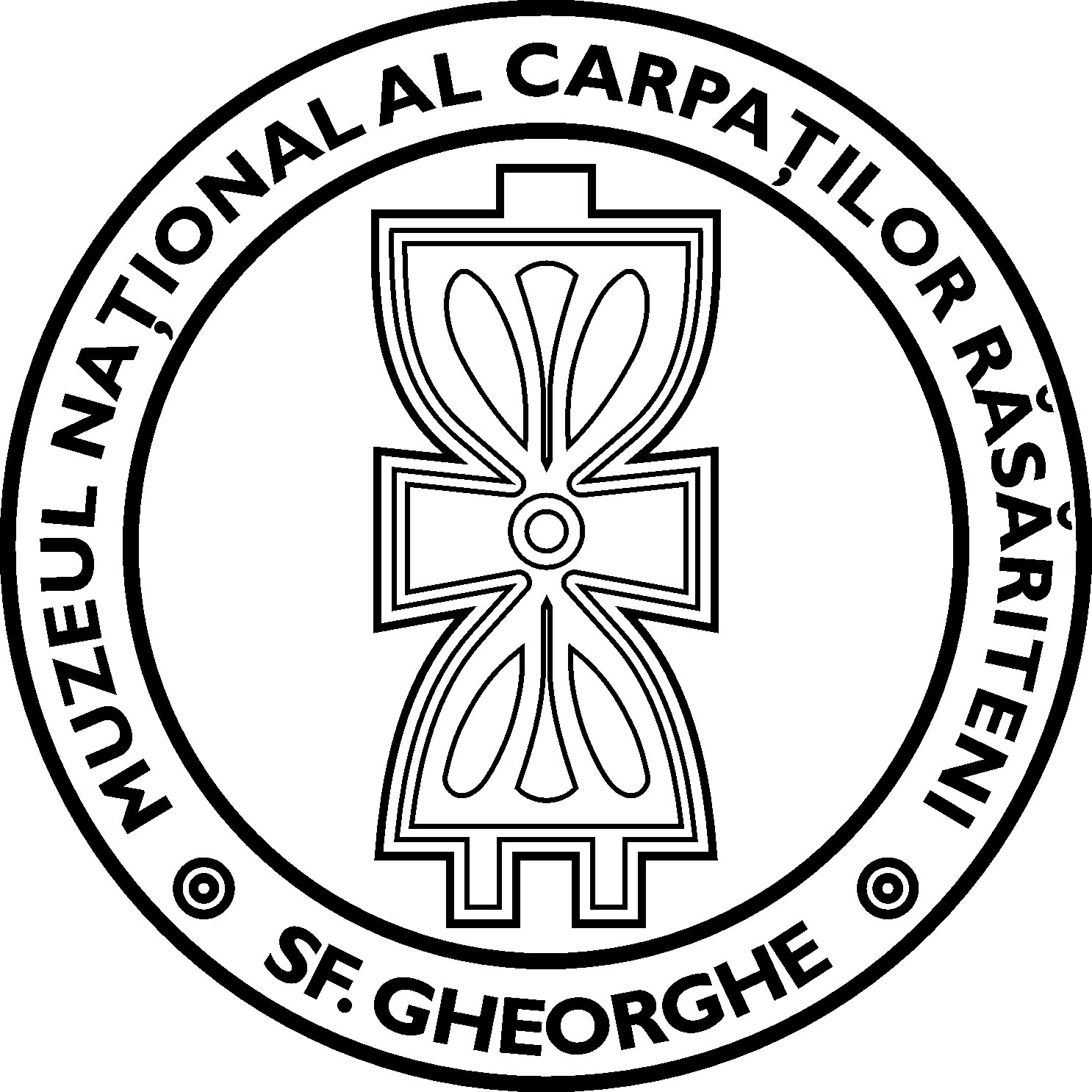The excavations revealed the vestiges of 29 constructions, 124 inventory items, 13492 pottery fragments, 1400 burnt adobe fragments, 261 iron ore pieces (6,496 kg), 201 fragments of iron slag (28,420 kg), 2914 animal bones, 31 shells, 2448 stones and 26 fragments of flints. The identified features belong to: Noua culture (15th-13th c. BC) – 1 domestic pit (no. 23); ChișinăuCorlăteni culture (12th–9th c. BC) – 1 surface dwelling (no. 22) and 5 domestic pits (no. 17-21, 28); PoieneștiLucaseuca culture (end of 3rd-1st c. BC) – 3 domestic pits (no. 15-16, 20); early Medieval (5th-7th c. AD) – 2 dugouts (no. 32, 44), 2 delimitation ditches (no. 36-37), a surface dwelling with a stone oven (no. 26); early Medieval (8th-9th c. AD) – 2 dwellings (no. 25, 33) with surface auxiliaries (post holes 39, 40-42), 1 domestic pit (no. 43); early Medieval (10th-11th c.) – 2 dwellings (no. 30-31), 2 stone fireplaces (no. 27, 34), 1 furnace (no. 29), 1 domestic pit (no. 38); early Medieval (12th-14th c.) – a dwelling (no. 31); late Medieval (15th- 16th c.) – 1 domestic pit (no. 35). Among the inventory items 24 belong to Cucuteni-Tripolie culture, 1 to Noua, 1 to Chișinău-Corlăteni, 4 to Poienești-Lucaseuca, 2 to 6th-7th c. AD and 94 items to the 10th-14th centuries. The discovered pottery can be assigned to: Cucuteni-Tripolie (4th millenium BC) – 776 fragments (5,5%); the culture with pottery decorated with many belts (18th-17th c. BC) – 142 fragments (1,0%); Noua culture – 470 fragments (3,4%), Chișinău-Corlăteni (12th–9th c. BC) – 1282 fragments (9,2%); Poienești-Lucașeuca culture (2nd-1st c. BC.) – 155 fragments (1,1%); generally Bronze Age – Early Iron Age – 1760 fragments (12,6%); Sântana de Mureș-Cerneahov – 38 fragments (0,2%); 5th-9th c. AD – 1497 fragments (10,7%); 10th-14th c. AD – 5900 fragments (42,5%); Golden Hoard (14th c. AD) – 4 fragments (0,1%); 15th-16th c. AD – 1849 fragments (13,2%); Byzantine amphorae (10th-14th c. AD) – 79 fragments (0,6%).
Aşezarea Păhărniceni „Petruca” în lumina cercetărilor arheologice din anul 1988 / The settlement at Păhărniceni „Petruca”
in the light of 1988 archaeological research
